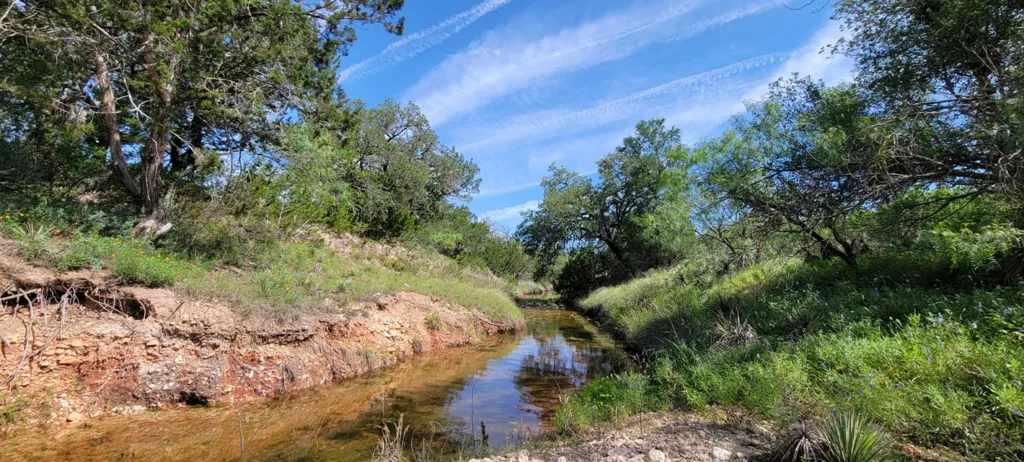February 29 @ 1:00 pm – 2:00 pm
Part of the National Invasive Species Awareness Week series
In the past 50 years, the number of non-native species introduced outside their native range has doubled, leading to substantial negative ecological and socioeconomic impacts. This is a problem that will persist as species introductions continue to rise and impacts are intensified by climate change and other drivers of change. It is well-established that economic returns on investment in prevention and eradication far outweigh those for containment and maintenance control management strategies, but investment in prevention is still much less than what is spent on management. Weed risk assessment is a method to preemptively screen species before they are introduced to a new area (or as early as possible). It is based on the idea that species traits can be used to predict the success (or failure) of a species at passing through the stages of invasion and spread. In this presentation, we will discuss different approaches to risk assessment, how results are applied, some of the benefits and costs of this process, and the future of risk assessment to prevent continued plant invasions.
Presented by Deah Lieurance, Assistant Professor of Invasive Species Biology and Management at Penn State University, and Theresa Culley, Professor of Plant Ecology and past Head of the Department of Biological Sciences at the University of Cincinnati
Related Events
-
Dallas Chapter May 20, 2024 meeting. Native Bee Landscapes, with Laurel Treviño-Murphy
May 20 @ 6:30 pm – 8:30 pm -
Container Gardening with Keystone Plants presented by Krista De Cooke, Homegrown National Park – May 21
May 21 @ 1:00 pm – 2:00 pm





